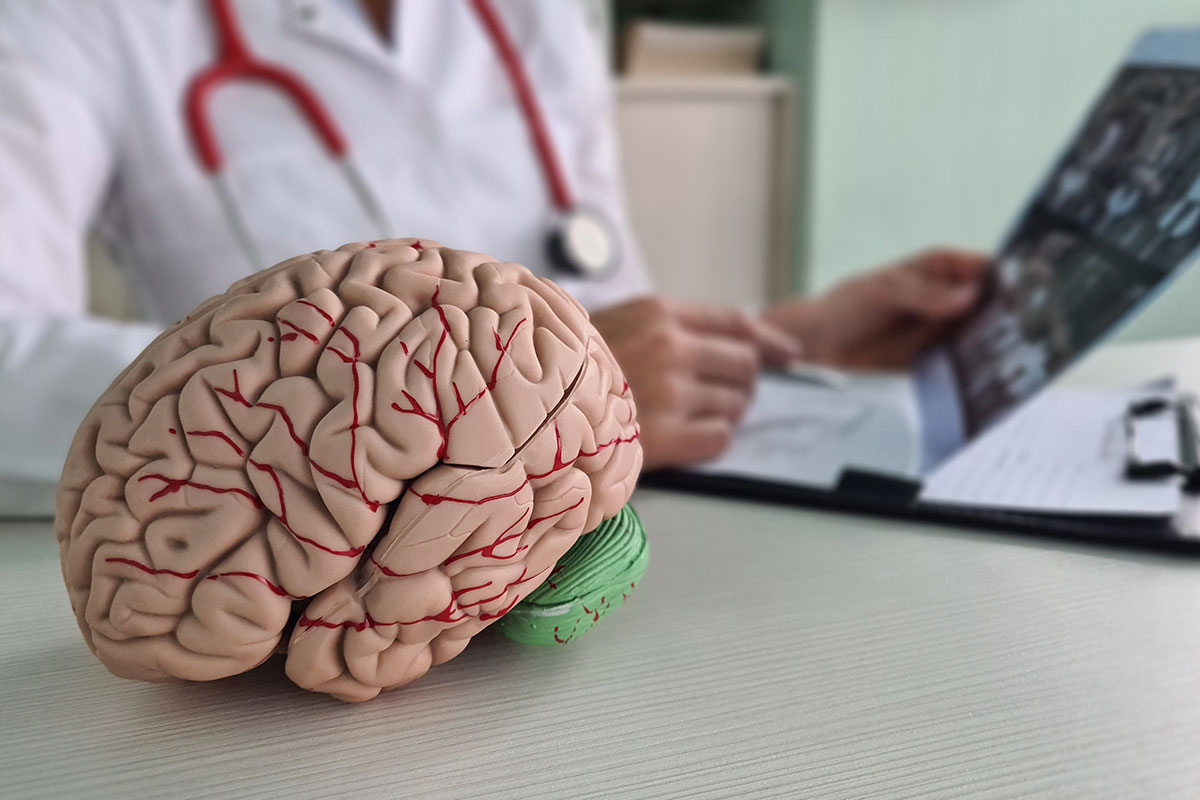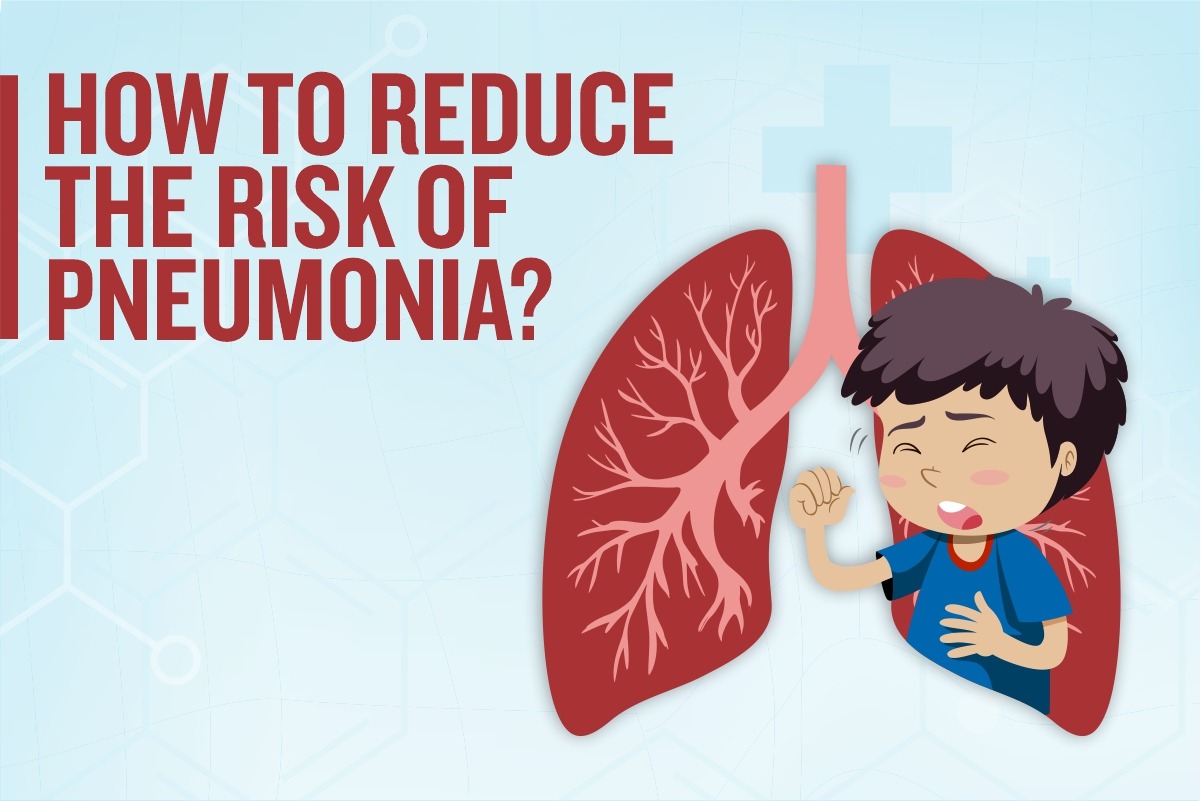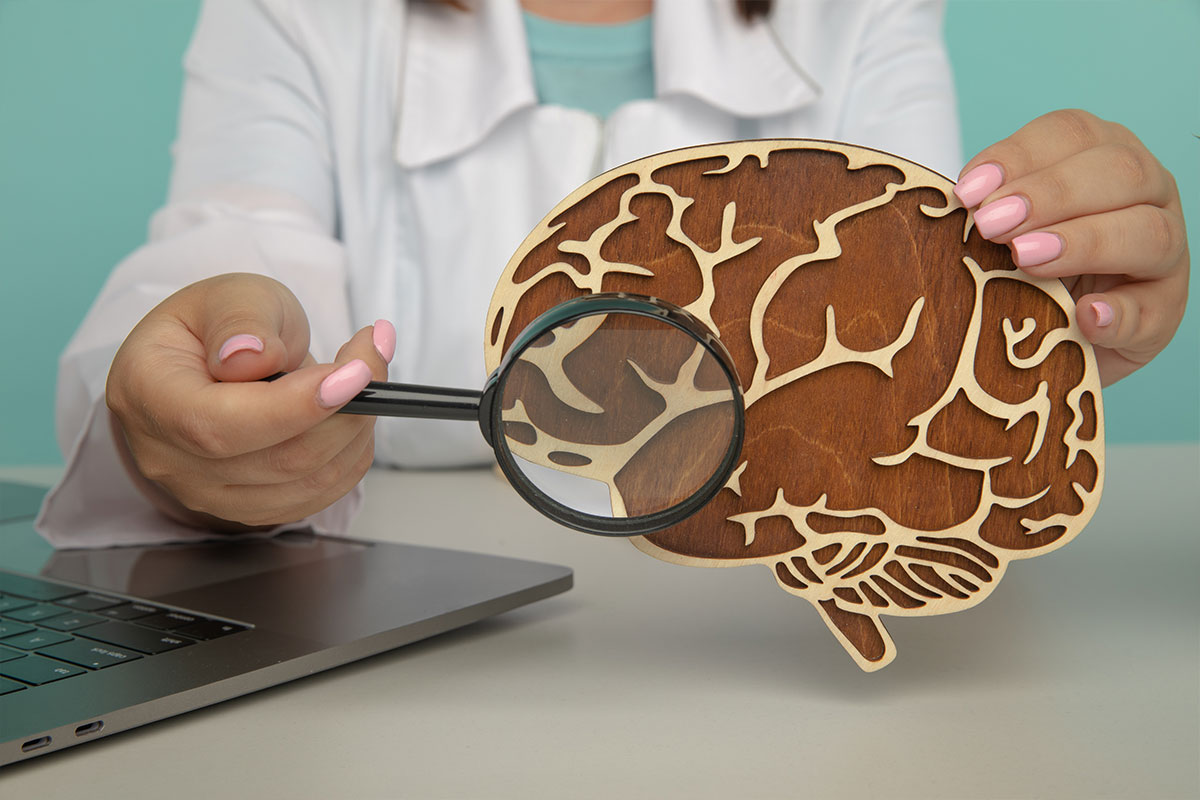
How to reduce risk of Stroke?
By Dr. Krishna Hari Sharma in Neurosciences Neurology
Jan 25, 2023
As per WHO statistics, stroke is considered to be the 3rd leading cause of disability & the 2nd leading cause of death worldwide. Around one in every four people (25% of the population) is at risk of having a stroke. This medical condition is pretty serious and can cause death or severe disability for the entire life if the treatment is not given in time.
Strokes occur when a blood vessel in or connecting to the brain bursts or something blocks the blood supply to a part of the brain. A stroke is sometimes also referred to as a brain attack. In this medical condition, the affected part of the brain gets damaged or dies, and the person loses function in the linked part.
Several factors may contribute to a stroke, including older age, existing medical conditions, family history, etc.
Let’s shed some light on the risk factors as knowing them can help in the prevention.
Risk Factors For a Stroke
Although a stroke can occur at any age and for anyone, certain common risk factors for a stroke include:
- High blood pressure
- Diabetes
- Obesity
- High cholesterol
- Family history
- Previous stroke or Transient Ischemic Attack (TIA)
- Sickle cell disease
- Heart disease
- Lack of physical exercise and other poor health habits
- Smoking
- Excessive Alcohol use
- Fatty diet
How to Prevent a Stroke?
Strokes can affect anyone. However, it is important that we take proper measures that can help in preventing the onset of a stroke.
- Lose Weight: Obesity greatly increases your chances of having a stroke and also developing other medical conditions. Therefore, adopt good eating habits and a well-balanced diet in measured portions. Work on achieving the ideal BMI.
- Exercise Regularly: Being physically fit is a major contributing factor in preventing several medical conditions like Blood Pressure, High Cholesterol, Diabetes, etc. It can also act as an independent risk reducer of stroke. Experts recommend regular workout sessions of 30 minutes to maintain a healthy lifestyle.
- Lower Blood Pressure: If you have high BP (Blood Pressure), take regular medication and get regular health checkups. This can help in reducing the blood pressure that may contribute to a stroke.
- Manage Diabetes: Work on managing diabetes with medications and lifestyle modification to prevent a stroke onset.
- Quit Smoking: Smoking tobacco has been linked to several medical conditions like heart disease and stroke. If you smoke, work on quitting it step by step.
- Avoid Excessive Drinking: Alcohol can elevate blood pressure and contribute to other medical conditions which lead to a stroke. Limit your alcohol intake to two drinks per day (keeping it to 30-50 mL per day).
- Treat Atrial Fibrillation: Atrial fibrillation is a known risk factor for a stroke. So, if you have been diagnosed with atrial fibrillation, get proper treatment and keep a close eye on your symptoms.
- Know Your Risk Factors: If you have a family history of strokes or have any existing risk factors, be aware of them. Consult with a doctor and monitor your risk factors carefully.
- Know the Symptoms of a Stroke: Educate yourself on the signs & symptoms of a stroke. If you feel numbness, sudden confusion, or problem walking or with speech, immediately seek medical aid.
What to do if someone has a stroke in front of you?
We all must be able to identify the common signs of having a stroke. This helps us to know if someone we care for is having a stroke in front of us and if we need to seek help immediately. This will help us in getting them the required medical care at the earliest.
The common signs of a stroke include numbness or drooping of the face or arms. You may ask them to smile to check the droopiness on their face.
- Check to see if one arm stays lower than the other one when trying to raise both of them together.
- Also, see if the speech is slurred or garbled.
If any of these symptoms occur, call the emergency service providers at the earliest or take the person to the nearest hospital.
In the time that emergency care arrives or you take someone to the hospital, here is what you can do to help someone during a stroke:
- Put the person in a comfortable position, preferably on their side and their head slightly raised, in case they vomit.
- Keep checking if they are breathing. If not, perform CPR.
- Untie any scarf, tie, or other clothing that may tighten on their neck and hinder breathing.
- Keep them warm with a blanket
- Do not give them anything to eat or drink
- If they are having trouble moving any body part, do not forcefully try to move anything.
- Keep calm and reassure them that everything will be alright.
Conclusion
Strokes can be scary whether you suffer from them or see a loved one suffering. However, knowing the signs of a stroke & what to do when a stroke occurs can be helpful. Also, taking proper measures that help in preventing a deadly stroke can help lower the risk of having one.
Maintaining good health and managing existing medical conditions should be your priority if you want to prevent these types of fatal conditions.







